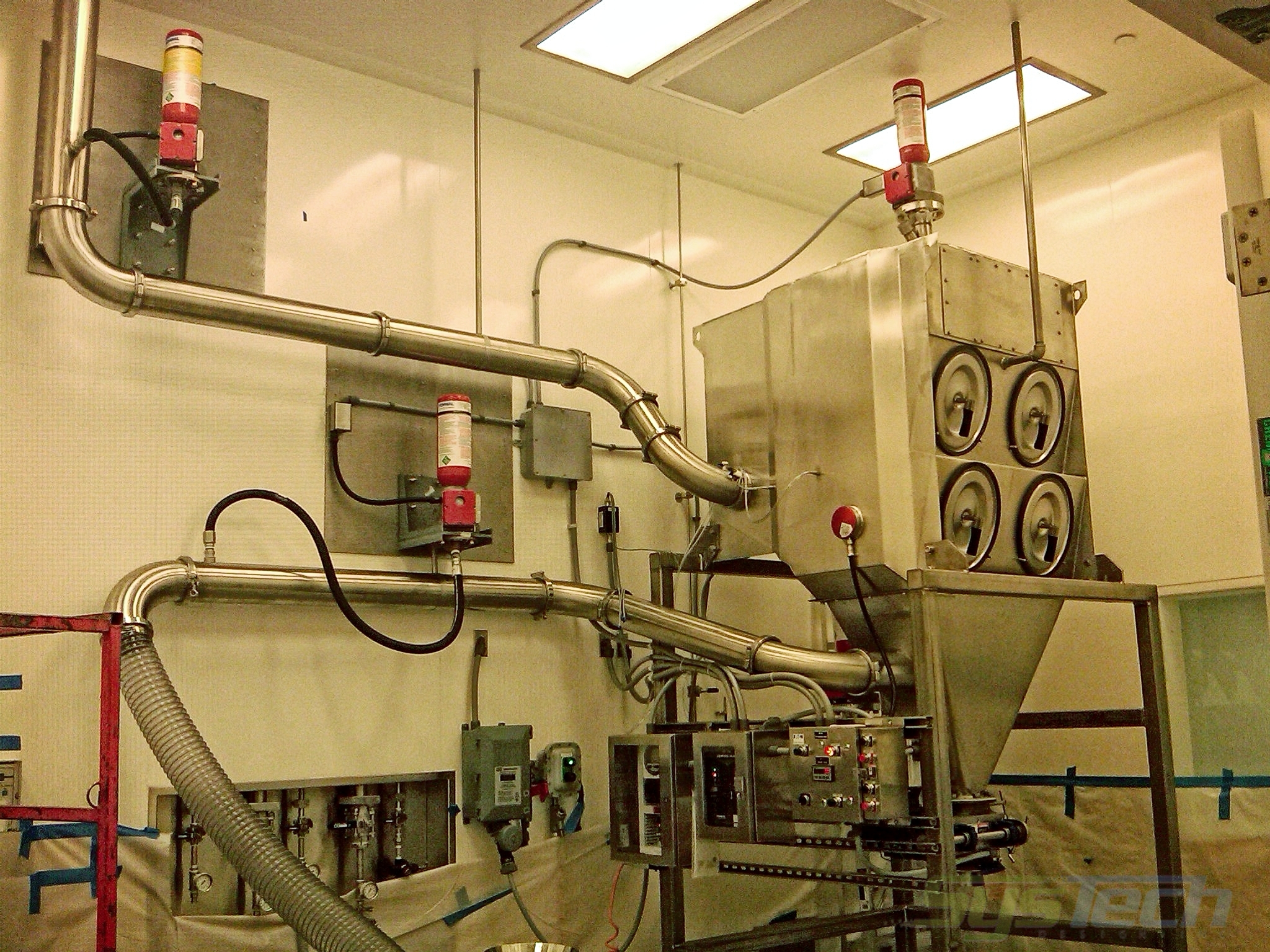Explosions can cause tremendous destruction and loss of life. This makes it necessary to have an effective system in place to contain and suppress an explosion. Explosion suppression systems are designed to limit the destruction caused by an explosion and protect people and property.
Explosion suppression is the process of containing or reducing the effects of an explosion. It is important to understand the different types of explosions and their potential damage before deciding on the appropriate suppression system. To install the best explosion suppression systems, you may consult Coopatex.

Image Source: Google
There are two main types of explosions: deflagrations and detonations.
Deflagrations:
Deflagrations are slower-burning explosions that are generated by the rapid combustion of volatile materials. They burn at subsonic speeds and can be contained effectively with proper suppression systems.
Detonations:
Detonations are much faster and more powerful explosions that are caused by the rapid release of energy. These explosions travel at supersonic speeds and require specialized suppression systems to contain them.
Types of explosion suppression systems
There are several different types of explosion suppression systems that can be used to contain and reduce the effects of an explosion. Some of the most common types include:
Explosion containment systems:
These systems are designed to contain the explosive force of an explosion within a specific area. The system consists of a reinforced housing that is designed to withstand the explosive pressure of an explosion.
Explosion venting systems:
These systems are designed to allow the pressure and gases generated by an explosion to be safely vented away from the area in which the explosion occurred. The system consists of a venting system and a control valve that can be opened or closed depending on the severity of the explosion.
